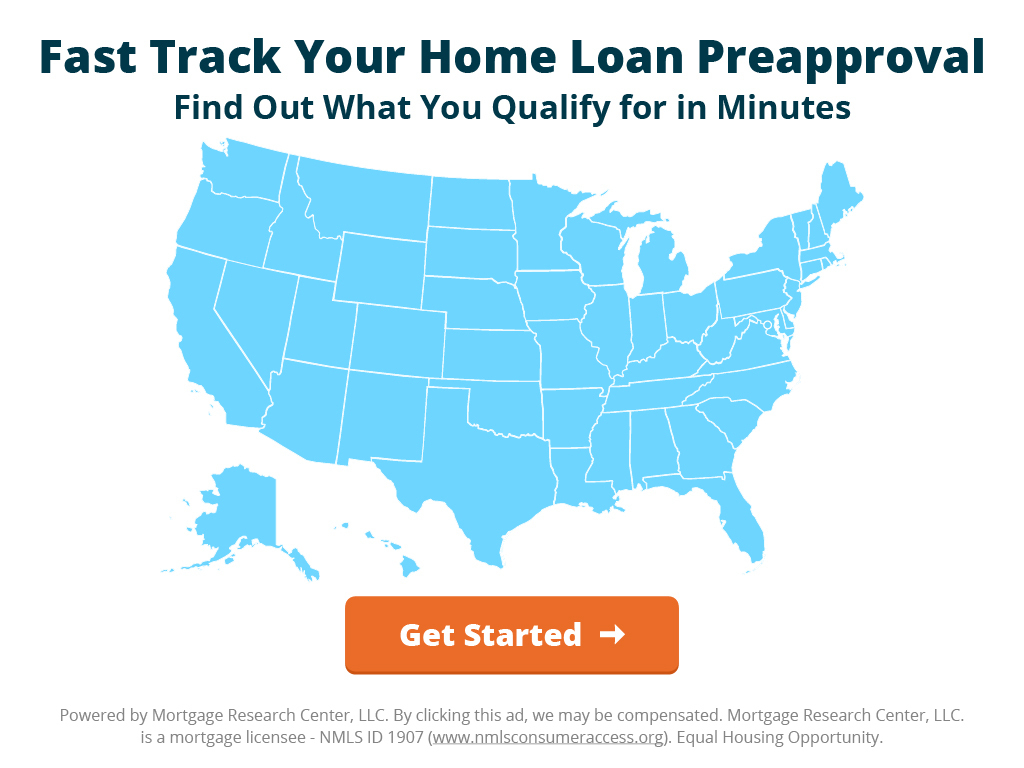
Between 2019 and 2022, first-time homebuyers didn’t need to consider adjustable-rate mortgages, known as ARMs.
Mortgage rates fell from a 3.94% yearly average in 2019 to 3.11% in 2020 and to a record low of 2.96% in 2021, according to Freddie Mac.
Only about 3 in 100 mortgages were ARMs by January 2022 – for good reason. With 30-year fixed rates in the 2s and 3s, why take any additional risk when buying a home?
But times have changed. With fixed rates popping above the 7% mark in late October, the risk-reward pendulum has swung. ARMs are looking better and better by the day.
Here’s what to know when considering an ARM as a first-time buyer.
» Expert Tip: Looking to buy your first home? It's important to know how much you can afford. Find out today by getting preapproved for a mortgage prior to your home search.
How Much Can You Save With an ARM Loan?
The one and only attraction of an adjustable-rate mortgage is that you can save money.
How much, though, depends on your situation.
Someone getting a jumbo loan could save hundreds of dollars per month. Someone buying a budget starter home might find that savings aren’t that significant.
Here are estimated monthly payment savings. Keep in mind that all rates and payments mentioned are for example purposes only and may not be available. Get a personalized quote for both fixed- and adjustable-rate mortgages based on your situation.
Loan amount | 30-year fixed @ 7% | 5-year ARM at 5.5% | Monthly Savings |
$200,000 | $1,331 | $1,136 | $195 |
$300,000 | $1,996 | $1,703 | $293 |
$450,000 | $2,994 | $2,555 | $439 |
$600,000 | $3,992 | $3,407 | $585 |
The bottom line is that if you live in an expensive location or are considering a large home, an ARM can reap handsome rewards.
ARMs Come With Borrower Protections
Today’s adjustable-rate mortgages are not like the ones that helped cause the mortgage meltdown of the 2000s.
ARMs have the following built-in protections that keep your payment in check even if rates are rising.
Initial fixed period: ARMs give you between three and 10 years of fixed payments. For instance, a five-year ARM is fixed for five years then starts adjusting. This gives you time to sell the home or refinance if carrying the adjustable payment makes you uncomfortable.
Initial adjustment cap: This limits the possible interest rate increase at the first adjustment. For instance, if your initial rate is 5.5% and your initial adjustment cap is 2%, your loan can’t rise above 7.5% in the first year after the initial fixed period.
Subsequent adjustment cap: The limit of any rate adjustment after the initial adjustment.
Lifetime adjustment cap: This limits how much the interest rate can rise at any time during the life of the loan. An ARM with a 5.5% start rate and a 5% lifetime cap can never rise above 10.5%.
Common caps are 5/2/5, 2/2/5, and 2/2/6. In all cases, the first number is the initial cap, the second number is the subsequent cap, and the last number is the lifetime cap. Check your loan disclosures when you apply to see how quickly your rate can rise after the initial fixed period.
Keep in mind that caps don’t necessarily indicate how much the rate will increase. That depends on the market at the time. They simply limit the amount your rate can increase when your loan starts to adjust.
Who Are ARMs Good For?
ARM loans are perfect for those who don’t plan to keep the home or mortgage for very long.
Perhaps you only plan to be in your area for five years. After that, you will sell the home. Saving a few hundred dollars per month during that time can be a great idea.
For some, the mortgage may be temporary. Maybe you plan to receive an inheritance or work bonus with which they will pay down or pay off the mortgage.
Others may have a strong feeling that mortgage rates could drop in the next five years. Those first-time buyers could either refinance when rates drop or simply hang onto their ARM. Your adjustable rate can also fall. There’s no rule saying ARM rates have to rise.
Whatever your situation, ask yourself how long you will have the home and loan. If less than ten years, an ARM may be a good solution.
Finding An ARM Lender Can Take Some Digging
Though ARMs can be a great value, fewer lenders are offering them lately.
In the mortgage rate mayhem that defined the 2022 housing market, many lenders have backed away from offering ARMs at all.
This is because they know home buyers will refinance out of these loans as soon as 30-year fixed rates drop. They will lose money issuing a loan that’s refinanced a year later.
But some lenders still offer them. The best places to find ARMs are national banks, local credit unions, mortgage brokers who have access to dozens of lenders, or personal bankers. Many banks offer below-market ARM rates to attract clients to other financial services.
A quick search reveals that, with high credit and down payment, US Bank offers ARMs in the mid-5s as of the time of this writing.
As another example, a local credit union in Washington State offers 10-year ARMs near 6% APR, shaving more than 1% off the prevailing 30-year fixed rate. Considering the average homeowner stays in their home only 13.2 years, a 10-year ARM could be the perfect balance between long-term stability and a lower-than-market rate.
Shop around, and there’s a good chance you’ll find a great ARM product even as a first-time buyer. Get started here!
More from Mortgage Research:
Opinion: The Upside of Private Mortgage Insurance for Buyers Lacking a 20% Down Payment






